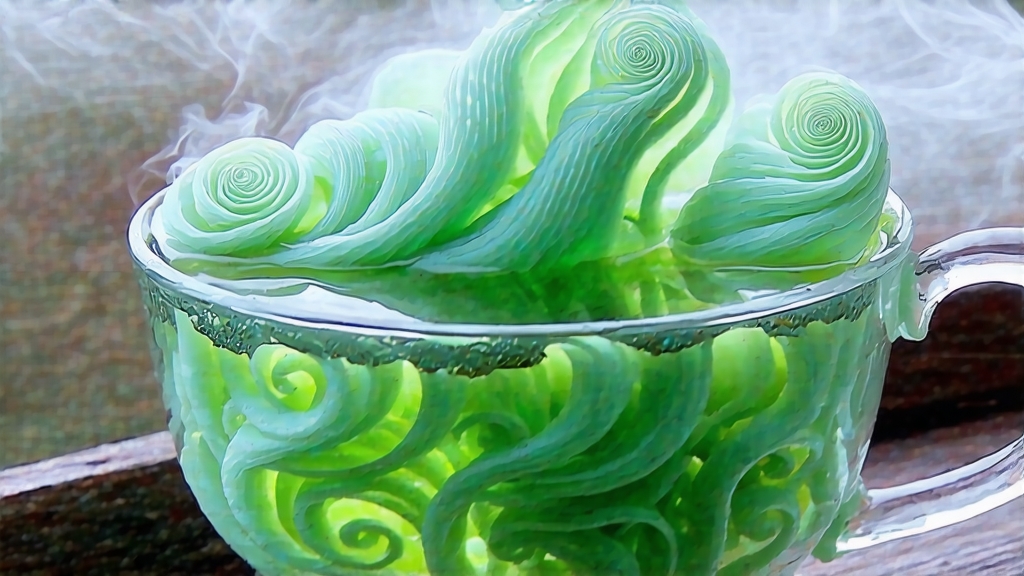
Tucked between the mist-laden hills of Dongting Mountain and the gentle ripples of Taihu Lake in Jiangsu Province, Biluochun—literally “Green Snail Spring”—has been seducing tea lovers since the late Ming dynasty. Legend claims a tea picker ran out of basket space and tucked fresh leaves between her breasts; the warmth and floral scent of her skin inspired the tiny, coiled shape and intoxicating aroma that still define the tea today. Whether myth or marketing, the story captures the intimate romance Chinese culture layers onto every leaf.
Although Biluochun is a single famous name, the market recognizes three micro-categories. “Original Grove” tea comes from the tiny core of Dongting Dongshan and Xishan islands, where centuries-old trees grow among peach, plum, and loquat groves that perfume the leaf. “Lake Ring” tea is picked on the adjacent mainland where the same Taihu micro-climate moderates temperatures. “Extended Origin” leaf arrives from farther counties in Jiangsu and even Zhejiang, meeting the same cultivar and craft standards yet carrying lighter fruit notes. Purists treat the first group like grand cru Burgundy, but all three share the trademark spiral and silky down.
Plucking begins when the Qingming festival is still a rumor on the spring breeze—usually two weeks before the solar term. Only the unopened standard—one bud plus the adjacent half-expanded leaf—is snipped with fingernails, never metal, to avoid oxidizing bruises. A seasoned picker works barefoot on the terraced slopes, finishing barely a kilogram of fresh leaf between dawn and lunch; five of those kilograms will shrink into a single finished kilo of tea.
Withering is skipped entirely; instead, the leaves are immediately “kill-green” in a slender wok heated to 180 °C. The master’s left hand flings the leaves skyward while the right presses them against the iron wall in a motion called tui-qiao, “push-brush,” lasting just three minutes. This flash de-enzyming locks in the jade color and volatilizes the fruity terpenes borrowed from surrounding blossoms. Next comes the unique spiral-shaping: the tea is lowered to 70 °C and rolled for fifteen minutes against the wok with a bamboo whisk, the operator’s wrist rotating in tight concentric circles. Finally, a gentle 50 °C “baking” dries the leaf to 5 % moisture while the downy trichomes turn silvery, giving the finished tea its hoarfrost sheen.
To brew Biluochun Western-style, measure 3 g per 250 ml glass or porcelain pot. Use water cooled to 75 °C; hotter temperatures cook the down and release harsh tannins. After a ten-second rinse to awaken the spirals, infuse for 45 seconds. The liquor should glow like pale chrysoprase. Subsequent steeps lengthen by fifteen seconds. In the Chinese “three-glass” method, 1 g of leaf is dropped into a tall cylindrical glass; 80 °C water is poured to one-third height, allowing the buds to sink and rise in a slow ballet. When the liquid turns the color of morning sunlight through white jade, top up the glass and sip directly, blowing aside the floating tips.
Aroma is the first court of judgment. Bring the empty, just-lidded cup to your nose; core notes of white peach and loquat should arrive first, followed by a cool snap of watercress and a final flutter of narcissus. On the palate, Original Grove teas offer a cream-silk texture reminiscent of fresh soy milk, while Lake Ring versions show a crisper, green-bean snap. Swirl the liquor against the roof of your mouth; a top-grade Biluochun will trigger salivation under the tongue within three seconds—what cuppers call shengjin, “living fluid.” The aftertaste should echo like a bell, leaving a faint, sweet pear drop at the back of the throat minutes later.
Because the leaf is so young and delicate, storage is half the art. Keep the tea in an opaque, resealable foil pouch inside a ceramic jar; refrigerate at 4 °C but never open the jar until it has warmed to room temperature, preventing condensation from soaking the fuzz. Under these conditions the spring perfume survives eight months, though true connoisseurs finish the last gram before the summer solstice, honoring the Daoist maxim of drinking the season while it breathes.
Beyond the cup, Biluochun has quietly shaped regional culture. During the Qing, Kangxi Emperor